Robbers and thieves can strike unexpectedly, and they can catch you off guard even if you already have an emergency plan in place. That’s why it’s important to periodically evaluate your procedures and improve them when necessary.
To help you do that, we’ve put together some retail emergencies that you might encounter and how to deal with them.
1. Armed robberies
The best way to “deal with” armed robberies is to prevent them. Understand that robbers commit crimes because they believe that the payoff outweighs any risks. By decreasing the possible profit and increasing the risk of apprehension, potential victims can reduce their chance of becoming a target.
How exactly can you do that? Here are a few tips:
Know when, why, and how robberies take place
Armed robberies usually happen during opening and closing times, as well as lunch breaks. That’s because opening and closing periods are particularly vulnerable times due to low staffing and large amounts of cash on hand. Lunch hours are primary times for the same reasons.
Holiday season increases the likelihood of robberies because of higher cash volume and large crowds that can preoccupy retail employees.
With that in mind, you can prevent robberies by taking some precautionary steps. We recommend having several employees present when opening and closing the business. These employees can:
- Inspect the business for forcible entry before entering the business.
- One employee searches the premises before admitting others. If all is clear, the employee entering the store first can signal the companion with some prearranged sign.
- At closing make sure no one is hiding in the business.
- At closing one employee can enter the parking lot first and can signal the companion with some prearranged sign if it is safe.
Practice safe cash handling
Robbers are after cash, so take the necessary cash handling precautions to minimize risk and loss. Here are some of the ways to do that:
- Avoid having unnecessary amounts of money in your register. Only keep the amount you need to conduct normal business, and either put everything else in a safe or transfer to the bank.
- Don’t make predictable trips to the bank. Change up the times of your trips as well as your route.
- Have marked money in your register. Take twenty and fifty-rand notes then record their serial numbers and series dates. Place those notes in your till and include them in the money to be given to the robber. Do not use marked money in regular transactions.
Improve visibility
Having a checkout area that’s highly visible can discourage robbers. That why it’s best to:
- Avoid fixtures or signs that can obstruct views of and from the register. These include large signs on your windows and doors, counter displays that are too high, and fixtures that block people’s view from the outside.
- Cover your blind spots using mirrors or cameras. This will help you monitor the hard-to-see areas in your store.
- Invest in good lighting both inside and outside your stores.
What to do in the event of an armed robbery
If an armed robbery does take place, stay calm and do the following:
- Cooperate with the robber. Don’t resist, and don’t do anything that would put store employees or customers at risk.
- Avoid surprises. Robbers are generally nervous, so anything quick or surprising movements could put you and others in harm’s way.
- Activate any silent or holdup alarms you have in the store.
- Try to give them the marked money in your register.
- Be observant. Take note of the number of robbers involved as well as their physical characteristics (e.g. height, eye and hair color, hair length, etc.). Also take note of what they’re wearing and any weapons used.
- Call the police immediately after the incident. Provide time of the robber’s departure and give them a physical description as well as the method of travel.
- Preserve the evidence. Keep clear of the crime scene and avoid touching anything that the robber(s) may have touched.

